�ompanies have become their own publishing houses, producing regular magazines aimed at informing, entertaining and evoking loyalty in their customers.
And the ones who do it well produce compelling content which is a long way from the sort of advertorial type material you may traditionally expect from branded print.
One of the great strengths of brand magazines is that if they are good, people will keep hold of them for longer than other promotional material. They also offer something different from the digital bombardment many customers face.
Here are some of our favourites:
The Red Bulletin
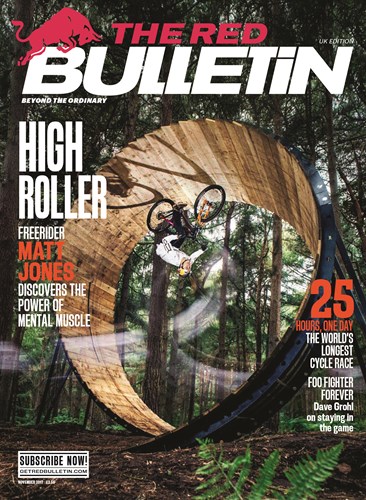
The Red Bulletin has all the high-octane, adrenaline fuelled and adventure packed articles you would expect to read from a brand which makes energy drinks and runs Formula One teams.
But among the stories on extreme sports, like cliff-diving and rock-scaling, are features on more sedate pursuits, lifestyle activities and interviews with high-profile actors and musicians.
The monthly magazine, which is illustrated with stunning images, is distributed in London alongside the Evening Standard newspaper and is also available at universities and gyms.
Subscriptions are also available, while the magazine is backed by its own eye-catching website.
The Furrow
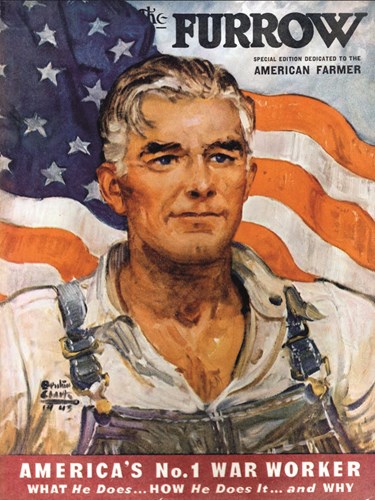
John Deere began publishing The Furrow long before the term ‘content marketing’ had first been used.
The first issue was published back in 1895 and is widely regarded as being the oldest example of content marketing. The publication is still going strong today with around two million global readers.
The magazine focuses on the farmers themselves and the current issues in farming, providing informative content, rather than promoting the equipment John Deere sells.
Such is its enduring appeal that it is now printed in 14 languages and is available online.
ASOS
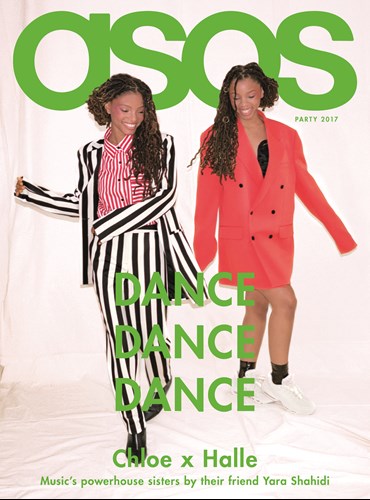
You might think that a printed magazine is an unlikely fit for an online only fashion retailer aimed at the 18-34 crowd.
But ASOS began producing its self-titled magazine in 2007 and celebrated its 100th issue in February this year. It has proved a huge success reaching around 700,000 people globally, 450,000 of these in the UK.
It has attracted stars such as Taylor Swift, Lady Gaga and Jennifer Lawrence to its front page and interviews like these prove it is far more than a catalogue.
This glossy publication is backed by an online audience of more than 120,000.
Traveller
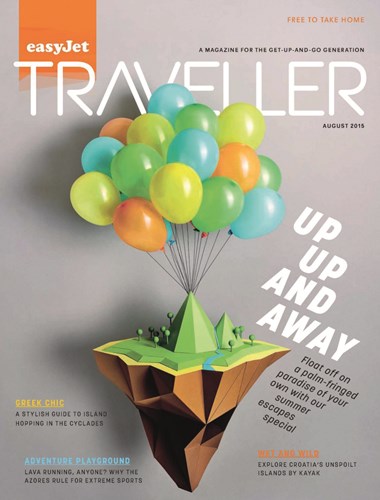
In flight magazines first started appearing in cabins more than 60 years ago, when they were introduced by Pan Am, and are one of the oldest versions of brand magazines.
Despite smartphones and Wi-Fi increasingly creeping into planes, these magazines continue to go from strength to strength with around 150 printed around the globe.
United’s offering, Rhapsody, is often cited as an example of a good brand magazine, but unfortunately you’ll only get to read it if you book first class.
Despite its somewhat unimaginative title, easyJet’s Traveller magazine is our pick from the in-flight market.
It is a stylish monthly publication, packed with a wide range of content. A recent edition, for example, ranged from looking at the latest crop of bands to emerge from Liverpool to an article on the charms of Comporta, in Portugal.
And if you miss a copy they are all available digitally on the magazine’s own section of the easyJet website.
Waitrose Weekend
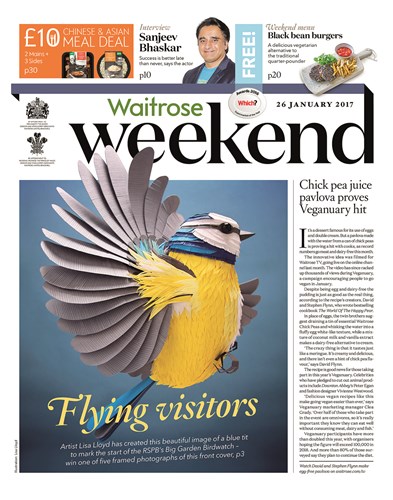
This breaks the mould of the other publications we’ve mentioned as it is printed in a newspaper format—in fact, when it was first published in 2010 it was the first free newspaper published by a retailer.
The 48 page publication, free every Thursday, has the look of a quality Sunday supplement and all the articles on food, drinks and cooking you would expect in a publication produced by a supermarket and aimed at Middle England.
But it also features celebrity interviews, a health and fitness section (with Pippa Middleton no less), a guide to events taking place around the country, a gardening section and TV reviews.
And like any good newspaper, it features an impressive number of high-profile columnists including Jeremy Vine, Clare Balding, Stuart Maconie, Jonathan Agnew and Mark Kemode, while Phillip Schofield has a ‘weekend wines’ column.
Pineapple
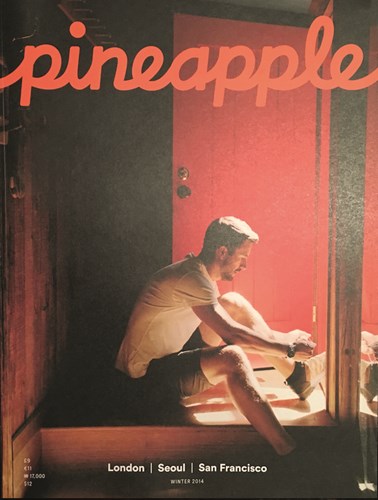
This was Airbnb’s glossy move into the world of publishing.
The coffee table production, which came in at a hefty 128 ad free pages, was distributed to the app company’s host network.
It had rather vague aims of being a ‘crossroad of travel and anthropology; a document of community, belonging and shared space’, but nonetheless was well received and covered a wide range of topics, including art, food, culture and style.
But here’s the cautionary tale; despite plans for Pineapple to be published quarterly, there was only ever one edition before the magazine was quietly shelved.
At Thirty Seven, we offer content and design services to ensure your campaigns reach the right audiences at the right times. Our journalist led approach ensures your content is interesting, engaging and informative so you gain brand awareness and engagement whether it is social media content or a whitepaper.


Media First designs and delivers bespoke media and communications courses that use current working journalists, along with PR and communications professionals, to help you get the most from your communications plan.